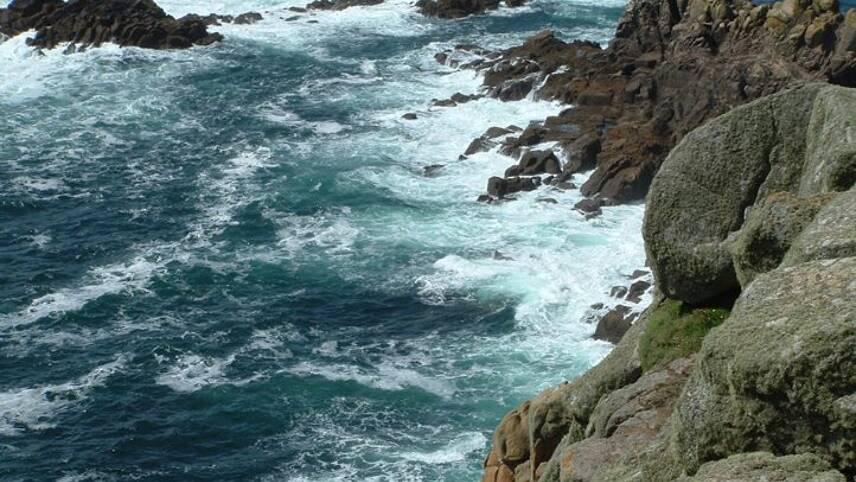Register for free and continue reading
Join our growing army of changemakers and get unlimited access to our premium content

Conservationists say the protection will contribute to the stopping of marine-damaging activities
The short-snouted seahorse, the ocean quahog, ross worm reefs and blue mussel beds are among the species and habitats that will benefit from the new protections, although dredging and other damaging activities can only be halted in zones that lie within inshore waters, up to 12 nautical miles from the coast.
The newly-protected areas ranging from Studland Bay, near Bournemouth, to the Goodwin Sands off the Deal coast in Kent will cover 4633 sq miles (12,000 sq km) of marine habitat, eight times the size of Greater London, bringing the total number of marine protected areas around the British coastline to 355.
The environment secretary, Michael Gove, said: “The UK is already leading the rest of the world by protecting over 30% of our ocean – but we know there is more to do. Establishing this latest round of marine conservation zones in this year of green action is another big step in the right direction, extending our blue belt to safeguard precious and diverse sea life for future generations to come.”
Critics have in the past dismissed marine conservation zones as “paper parks” with few creating “no-take” zones that prevent all fishing, but conservationists said these zones had begun to make a real difference, with some damaging activities halted.
Joan Edwards, director of living seas at The Wildlife Trusts, said: “They are not paper parks. Many of the sites here in Devon have had scallop dredging banned so the most damaging activities have been stopped.
“The pressure of fishing has been removed from a very large part of our seabed which is good for nature conservation, and good for fishermen because if you have areas that are left alone they will produce more fish.”
After scallop dredging was banned in Lyme Bay in 2008, the seabed’s sea fans, sunset corals and ross corals have flourished.
Edwards said: “We thought it would take 20 years at least for Lyme Bay to recover but it’s recovering in three years, with divers spotting baby sea fans appearing. By designating these sites and taking away damaging activities, recovery will happen. We need a healthy marine environment because it will absorb more carbon dioxide so it’s good for climate change, good for nature conservation and good for fishermen as well.”
Tony Juniper, chair of Natural England, said: “Today really does mark a major step forward for the conservation of our precious marine environment, but there is still much to be done, including putting in place more of the good practices that we know are needed to secure the long-term health of our seas and their wildlife.”
We’ve introduced 41 new #MarineConservationZones 🌊 to protect #marinelife. They cover 12,000 square km – an area almost 8 times the size of Greater London! https://t.co/qT6Tl65XNu pic.twitter.com/MCaxwL3YRP
— Defra UK (@DefraGovUK) May 31, 2019
The management of each zone differs depending on the requirements of marine life and local people including fishermen, who are consulted on new regulations and management. Trawling can be restricted and new cabling for offshore windfarms will normally have to be routed around the parks.
Alec Taylor, head of marine policy at WWF, said: “These new zones are critical in creating a network to protect our marine wildlife, but at the moment they are just empty words on a page. The UK is nearing 30% coverage of its waters protected, but these areas are poorly monitored and we have little evidence that wildlife is benefiting.”
Edwards added: “Now we need to see good management of these special places to stop damaging activities such as beam-trawling or dredging for scallops and langoustines which harm fragile marine wildlife.
“Let’s make sure we actually monitor them. These are sites where we’re taking human pressure away and we might see our wildlife recover and we need to see what that looks like.”
Patrick Barkham
This article first appeared on the Guardian
edie is part of the Guardian Environment Network


Please login or Register to leave a comment.